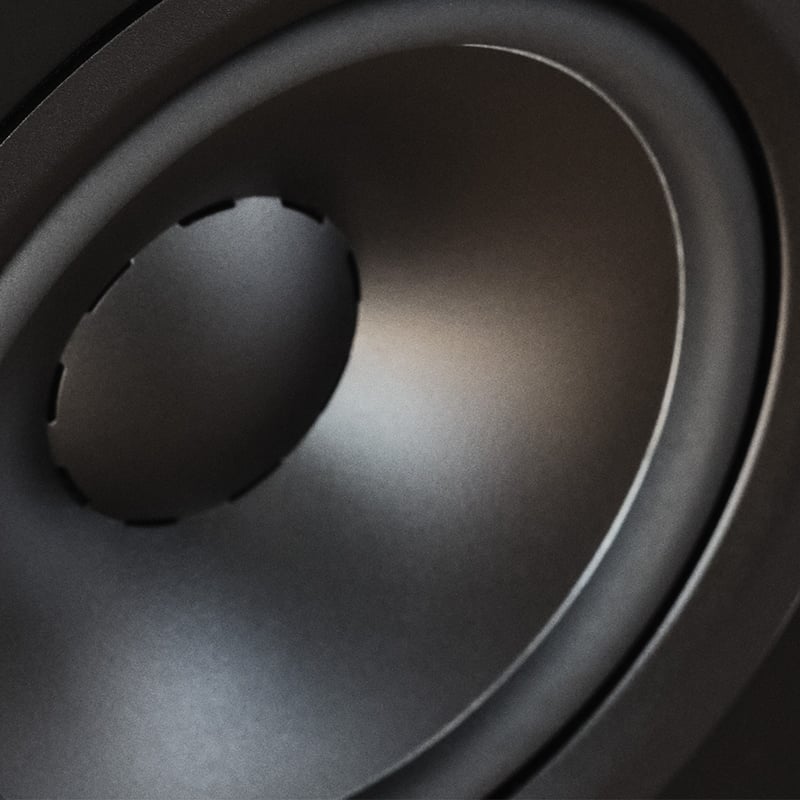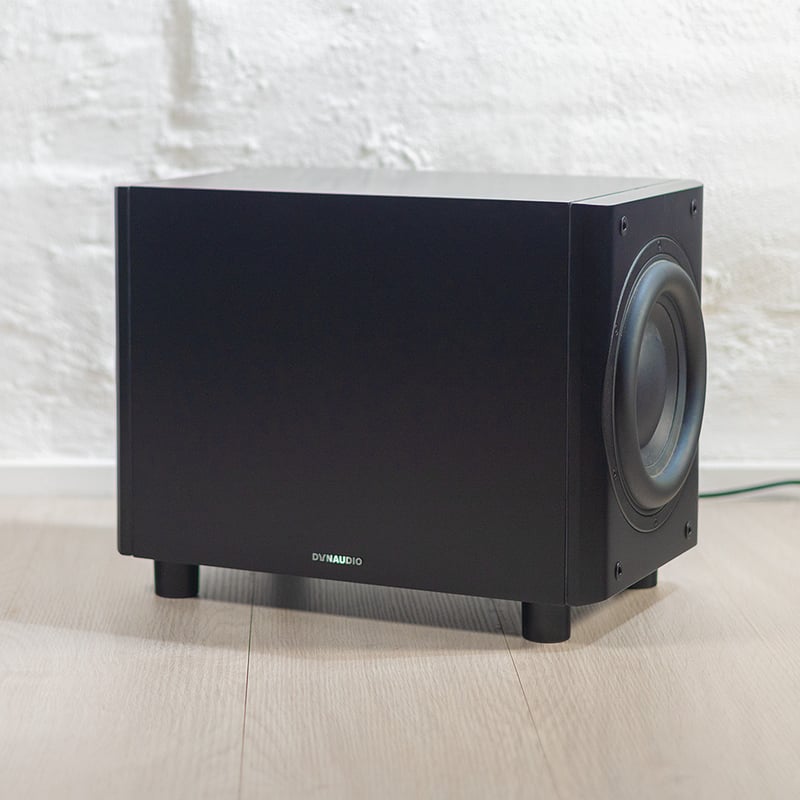If you have a less than ideally shaped listening room in need of some acoustic treatment, then you might be feeling overwhelmed by how exactly you should get started with this endeavour. Fear not, we've got you covered in this episode of Ask The Expert.
Don't forget to feed the Ask The Expert machine with your questions and dilemmas. They are what keeps the series running and Otto busy! Simply fill out the form "Send us your questions" at the bottom of this page, and we'll be sure to consider it for a future episode
Asymmetrical placement of speakers inside a listening room - How can I optimise this setup?Should I use acoustic panels?
Let's start by describing the room in question: the Dynaudio owner who sent in the question has his floor-standing speaker in his living room – a room that is connected directly to his kitchen. That means that the left speaker is standing quite close to a wall and the right speaker is in a fairly open space. This is what we mean here by "asymmetrical."
Based on that potential dilemma, we thought we'd talk a little bit about acoustic panels. What is the strategy here? What are we trying to achieve when we put these panels on a wall? The basic goal is to achieve symmetry in the sound stage. To get proper and correct imaging of the sound, it's optimal if you have a symmetrical setup, so that the left and right reflections are similar to each other. That's very difficult to achieve if you have one wall very close to one of the speakers and you have no wall on the other side, next to the other speaker.
There are few different types of acoustic treatment panels – each suitable for different applications – and we will discuss these now.
Acoustic damping panels
One of the ways to tackle our specific problem is to try to acoustically "hide" the physical wall on the left side by mounting acoustic damping panels made of absorption material. This should lessen the reflections from that wall, making it more acoustically similar to the complete lack of reflections that you have from the "missing" wall on the right side.
As for the damping panels themselves, the thicker the material, the lower the frequencies it can absorb, and so – depending on what you can get away with aesthetically – try to use as deep a panel as possible.
In other cases you might want different types of panels – sometimes there can be too much absorption in the room. This will create a rather dead sound, and ideally you would want to keep the room a little bit lively. In the particular setup in question with the very open, asymmetrical room, this is not really going to be an issue, but in some rooms you would want to use something known as a diffusion panel.
3D diffusion panels
Diffusion panels come in different sizes and different types. One example is a 3D diffuser, which that diffracts the sound both vertically and horizontally. Instead of absorbing it, these panels will reflect the sound, but scatter it around the room, making the room sound bigger than it is. This could, therefore, in theory also be a solution for the asymmetrical room problem.
The issue with diffusion panels is that they need a certain amount space to really work – the larger the panel is, the more distance it needs from the listening position and also from the speaker in order to work properly. If the speaker is standing quite close to the panel, the diffusion panel doesn't really work properly, hence why we'd suggest absorption panels for the specific problem in question.
2D diffusion panels
Another kind of diffusion panel is what we call a 2D diffuser. 2D diffusers scatter the sound horizontally but not vertically, which can again help the sound stage in the room, especially if you have the right balance between 2D diffuseres, 3D diffusers, and absorption panels. A 2D diffusion panel is quite deep and requires some distance between the panel, the listener, and the speaker.
Summary
Getting the perfect sound in your room is very much an experimental process, where you may have to place different panels in different places in your room to figure out where they work the most effectively.
If you don't yet have any acoustic panels and you want to test out what happens if you damp one wall or the other, a simple way of testing out solutions in your room could be to take a mattress or a thick duvet, and use that as a temporary damping panel. Put it against the wall where you're considering mounting a damping panel, and then listen to the speaker. Does it help or not? If so, then by all means start purchasing appropriate panels that maybe look a little nicer than a mattress pushed up against the wall.
More atypical rooms
If this topic was of interest to you and you too are struggling to find solutions for your own unsually-shaped room, then be sure to check out another episode of Ask The Expert below, where we talk about bass performance in odd rooms.
Send us your questions
Don't forget to submit your questions to our experts via the form below – they might just get featured in a future episode of Ask The Expert!







